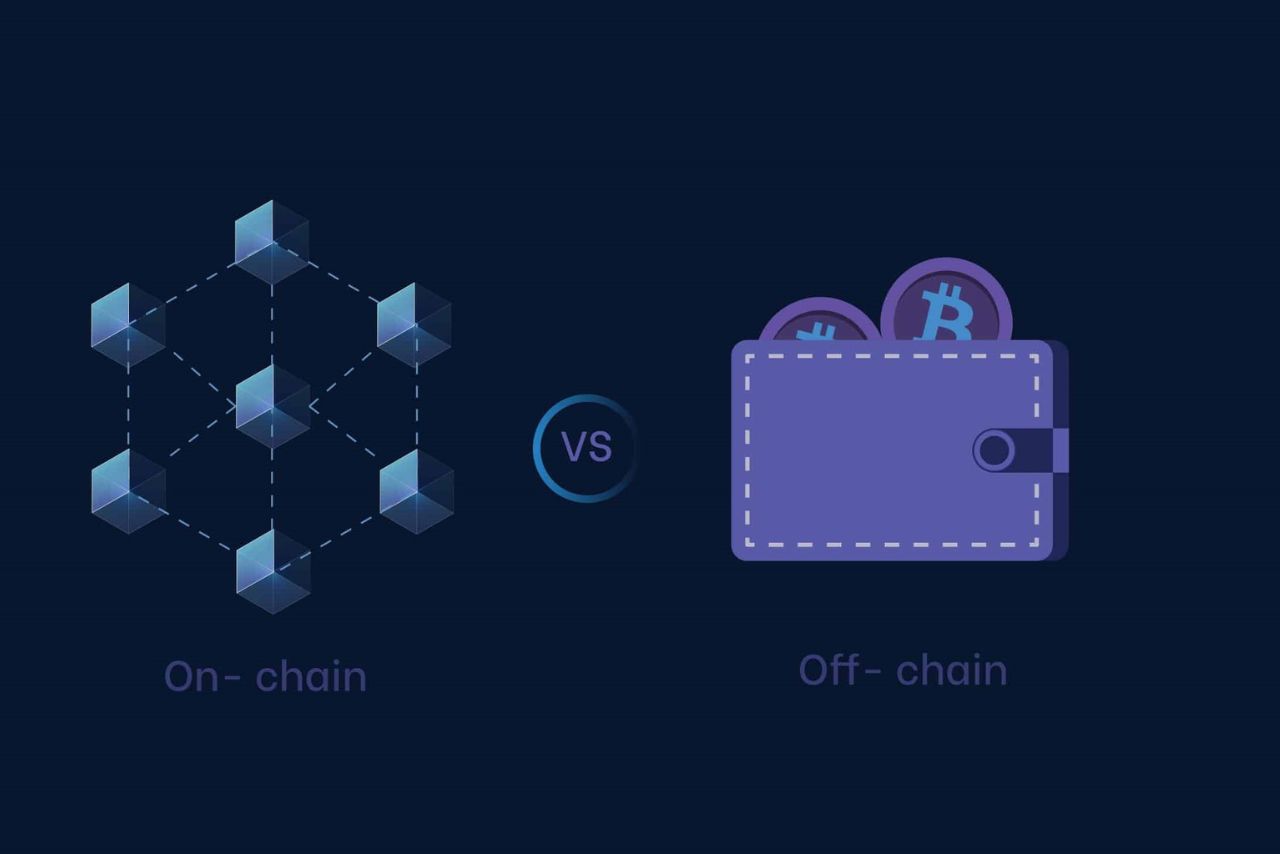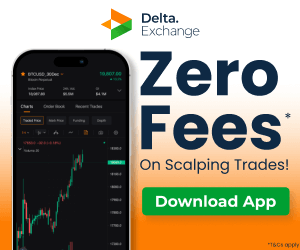Blockchain networks rely not only on code but also on human decisions to resolve disputes and implement upgrades.
Two primary models, on-chain and off-chain governance, dictate how changes occur. While on-chain processes prioritise transparency through blockchain-based voting, off-chain methods depend on community discussions. Both systems balance decentralisation with efficiency, shaping the future of digital ecosystems.
Onchain Governance
On-chain governance lets stakeholders vote directly on protocol changes via the blockchain. Proposals are often embedded in smart contracts, automatically executing once approved. For example, MakerDAO’s MKR token holders vote on upgrades through its decentralised autonomous organisation (DAO). Voting power typically correlates with token ownership, incentivising participation.
However, critics highlight risks like plutocracy, where wealthy holders sway decisions. Additionally, low voter turnout and Sybil attacks, this is where users create fake identities and threaten the integrity of the chain. Despite flaws, proponents argue on-chain systems enable rapid, transparent updates.
Offchain Governance
Off-chain governance unfolds through forums, conferences, and developer meetings. Bitcoin and Ethereum exemplify this model, where miners, developers, and users debate changes collectively. Decisions emerge from consensus rather than automated voting, often slowing progress.
For instance, Bitcoin’s two-year block size debate split the community, culminating in the Bitcoin Cash fork. Conversely, minor upgrades might use on-chain votes for efficiency. Meanwhile, off-chain methods excel in emergencies, allowing core teams to act swiftly during crises like security exploits.
Clashes and Compromises
Bitcoin’s block size war illustrates off-chain governance’s complexities. Disagreements over scaling solutions led to prolonged debates, fragmenting the network. Conversely, MakerDAO’s on-chain system enables token holders to approve changes like collateral adjustments swiftly.
Tezos offers another on-chain example, using a “self-amending ledger” to test upgrades on a trial network before finalising them. However, voter apathy persists. This is a recurring issue across chains. These cases underscore how governance models shape project trajectories.
Pros and Cons
On-chain governance promotes accessibility and speed, allowing global participation. Yet, token-based voting risks centralising power among whales. Conversely, off-chain methods foster thorough deliberation but risk exclusivity, as core teams often dominate critical decisions.
Low voter turnout plagues on-chain systems, mirroring real-world elections. Meanwhile, off-chain’s drawn-out processes can stall innovation. Hybrid models, blending both approaches, are gaining traction. For example, decentralised apps (dApps) might use on-chain votes for minor tweaks but rely on off-chain discussions for major overhauls.
What will be the future of governance?
No blockchain uses purely on-chain or off-chain governance today. Projects increasingly blend both, adapting to context. Urgent fixes may require off-chain agility, while protocol upgrades demand onchain transparency. Decentralised autonomous organisations (DAOs) exemplify this shift, merging token-based voting with community feedback.
Developers also experiment with solutions to voter apathy, such as quadratic voting or delegated representation. Meanwhile, layer-2 networks could streamline decision-making without compromising security. As blockchain technology evolves, governance must balance inclusivity with efficiency.
No Perfect System, Only Progress
Neither on-chain nor off-chain governance reigns supreme. On-chain models excel in transparency but battle centralisation risks; off-chain systems prioritise deliberation but sacrifice speed. The optimal approach depends on a project’s goals, community size, and decision urgency.
Ultimately, innovation lies in hybrid frameworks that harness both models strengths. As blockchain adoption grows, governance must remain adaptable, ensuring networks stay resilient, democratic, and responsive to user needs. The journey toward ideal governance continues with one vote, one discussion at a time.
Written By Fazal Ul Vahab C H



